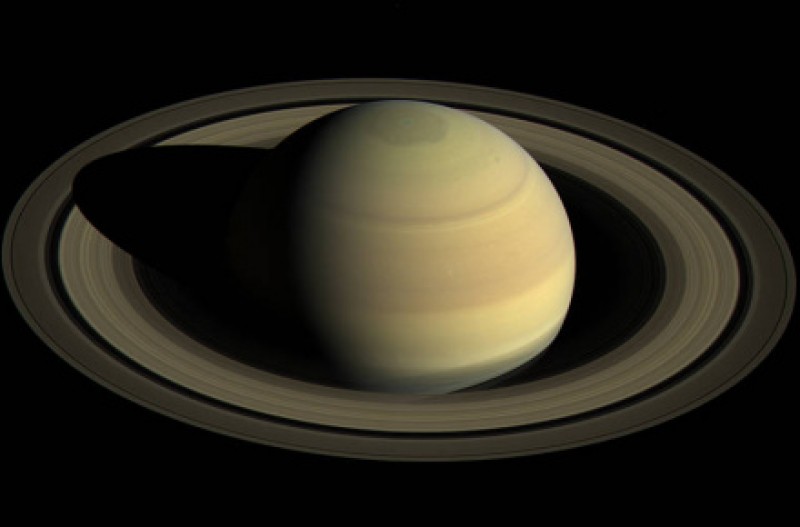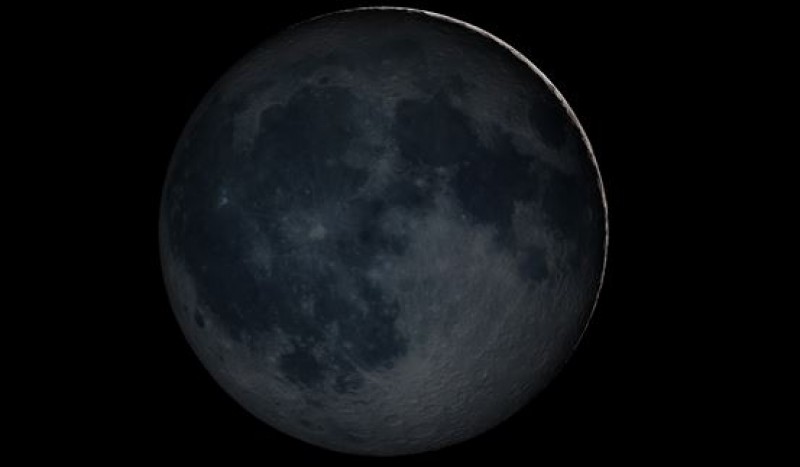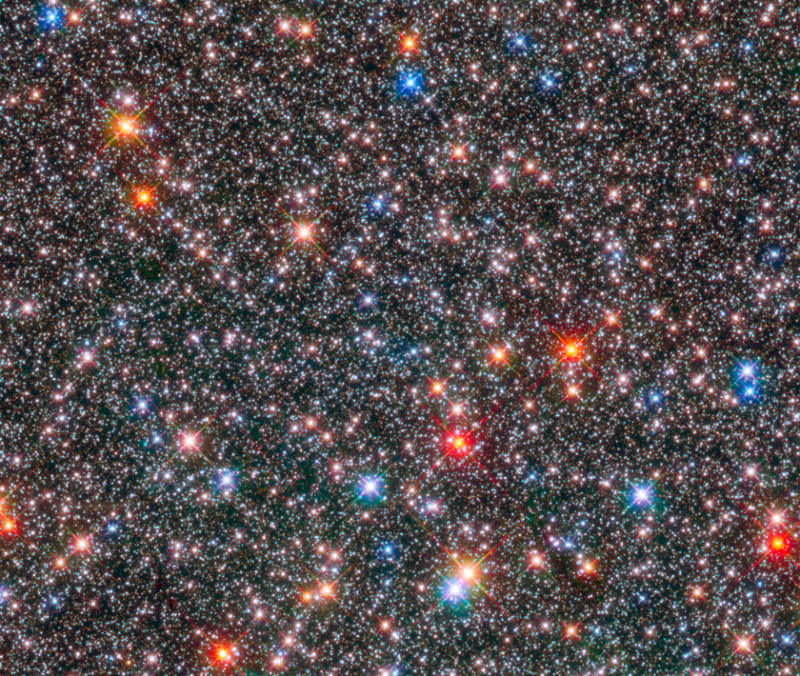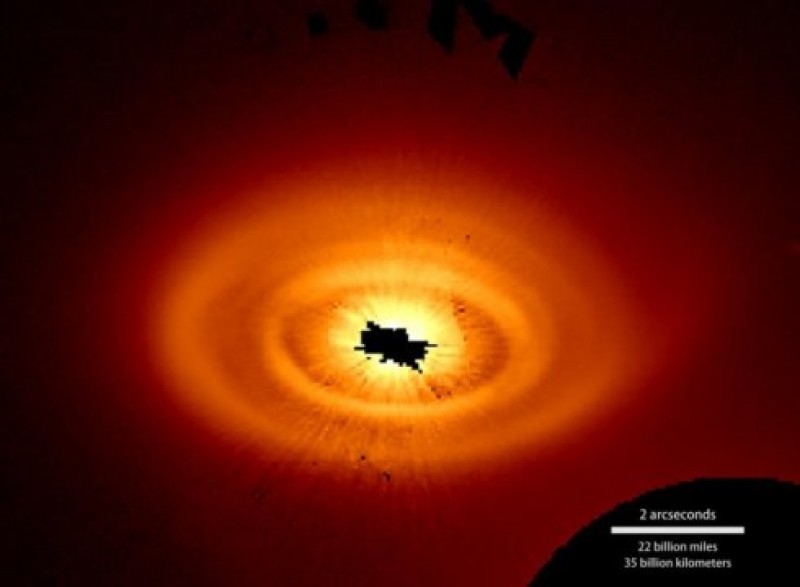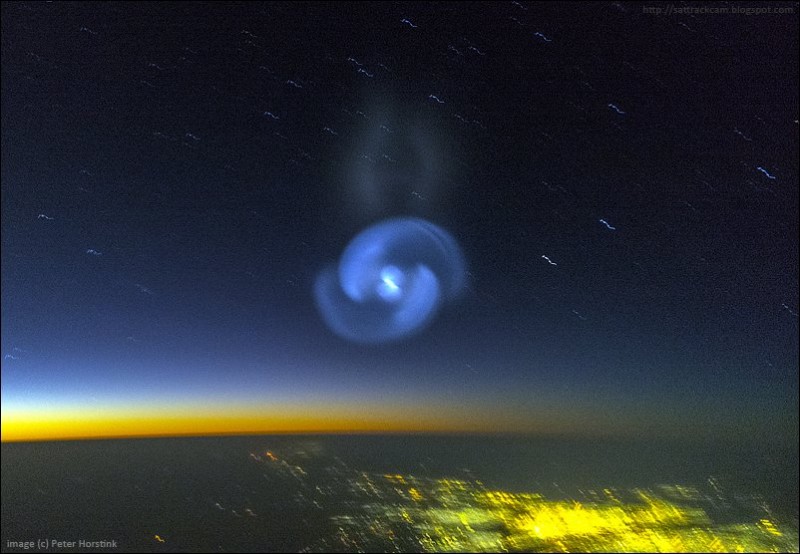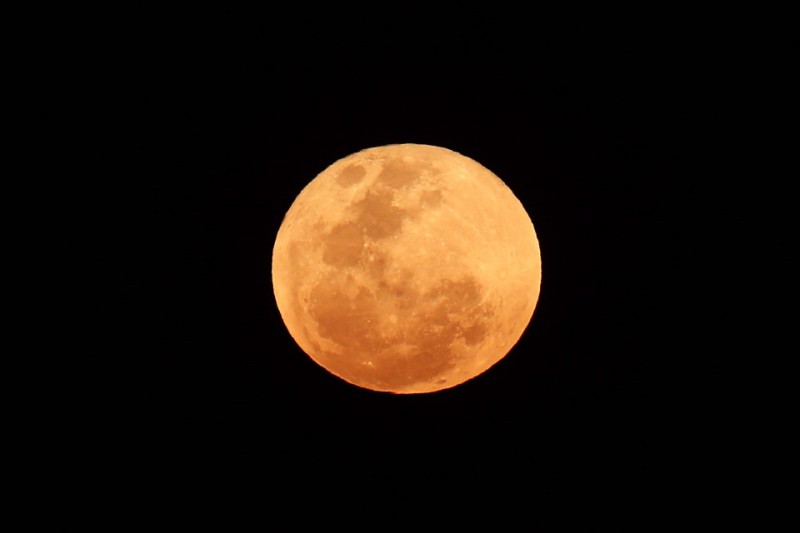Blog
Vortex Diamondback 20-60×60
Monday, January 22nd 2018 08:17 PM
The Diamondback promises big performance in a small package, but did Vortex deliver on this economical spotting scope?
Testing the Diamondback
Hunting the spacious prairie of South Dakota often mean that the game you’re after can be miles away. Because of that, good glass is a necessity to see if the pursuit is worth the effort of closing the distance. In these situations, a spotting scope shines when your binoculars have reached the end of their rope. I used the Vortex Diamondback 20x60x60 for a season’s worth of tags in the Rushmore State, chasing whitetails in the southeast, waterfowl in the northeast, mulies in the northwest, and elk in the southwest. It quickly became a favorite piece of gear that made an appearance on every hunt.
SPECS:
Magnification | 20-60x
Objective Lens Diameter | 60 mm
Linear Field of View | 114-51 feet/1000 yards
Angular Field of View | 2.2-1 degrees
Close Focus | 20 feet...
Read More
Read More
Lunar Fountain?
Thursday, January 18th 2018 07:02 PM
The stunning new photos show multiple small pits in a large impact crater known as the Philolaus Crater, which is located near the north pole of the moon. Researchers said these pits are likely lava tube "skylights" — entrances to underground tunnels that were once filled with lava.
The underground tunnels could also provide access to subsurface ice, and in turn, water. Astronauts would therefore be able to use this water resource during future missions to the moon, said a new study from the SETI (Search for Extraterrestrial Intelligence) Institute and the Mars Institute. [Photos: The Search for Water on the Moon]
"The highest-resolution images available for Philolaus Crater do not allow the pits to be identified as lava tube skylights with 100 percent certainty, but we are looking at good candidates considering simultaneously their size, shape, lighting conditions and geologic setting," Pascal Lee, planetary scientist at the SETI Institute and the Mars Ins...
Read More
Read More
Planets in 2018
Wednesday, January 17th 2018 11:17 PM
When will skywatchers be able to see the planets at their best in 2018? Look no further than this handy guide from Space.com. Below, you will find information about when a particular planet will be passing near another planet or a bright star, as well as the constellation that each will occupy during the course of the year. It also provides dates for various circumstances — conjunctions, oppositions and elongations — that will occur in 2018.
Mercury
Mercury
y appears as a bright "star" with a yellowish or ochre hue. As an evening star, it appears in the western sky, setting about an hour after the sun. As a morning star, it appears in the eastern sky, rising about an hour before the sun. There must be a clear, unobstructed horizon on these occasions. It will appear in the mornings from Jan. 1 to Jan. 15; evenings from March 6 to March 22; mornings from April 22 to May 13; evenings from June 28 to July...
Read More
Read More
New Moon January 2018
Wednesday, January 17th 2018 11:05 PM
Without the moon, it's often a lot easier for people in darker-sky locations to catch things like the Milky Way and nebulous objects. From the city, it means that one can spot relatively fainter stars, since the moon's light doesn't add to the "washing out."
New moons occur when the moon is on the same side of the Earth as the sun. Strictly speaking, it's when the moon is at the same right ascension, or celestial longitude, as measured from a line that runs north celestial pole (the point near Polaris, the pole star) through the celestial equator where the sun crosses it in the spring. (This point is also called the vernal equinox). [The Planets in 2018: When, Where (and How) to See Them]
No sunlight reflects off the moon's surface toward the Earth, as it is "behind" the moon, which means the moon is invisible. January's new moon occurs at 9:17 p.m. Eastern Time on January 16 (0217 GMT on January 17). Both the sun and moon are below the horizon at that point. A day or two later...
Read More
Read More
How Did the Milky Way Get Its Bulge?
Tuesday, January 16th 2018 08:08 PM
An image from the Hubble Space Telescope shows the bulge of the Milky Way. Many of the fainter stars are sun-like stars orbiting the bulge at different speeds depending on their makeup.
Credit: T. Brown (STScI)/NASA/ESA
Sun-like stars in the Milky Way galaxy's central hub are zipping along at different speeds depending on how they are made, according to new research.
Researchers looking at the bulge of stars near the Milky Way's center found that stars rich in heavier elements — those more massive than hydrogen and helium — move twice as fast as those without. The new findings may help answer questions about whether the bulge formed by the motion of the stars or from an ancient collision with another galaxy, or through some combination of the two.
"The Milky Way bulge is an important galactic component. It contains about 10 to 20 percent of the mass of the galaxy, yet its formation evolution is still not well understood," Will Cla...
Read More
Read More
No planets needed for rings around stars: Disk patterns can self-generate
Thursday, January 11th 2018 10:21 PM
Arcs, rings and spirals appear in the debris disk around the star HD 141569A. The black region in the center is caused by a mask that blocks direct light from the star. This image incorporates observations made in June and Aug. 2015 using the Hubble Space Telescope's STIS instrument.
When exoplanet scientists first spotted patterns in disks of dust and gas around young stars, they thought newly formed planets might be the cause. But a recent NASA study cautions that there may be another explanation -- one that doesn't involve planets at all.
Exoplanet hunters watch stars for a few telltale signs that there might be planets in orbit, like changes in the color and brightness of the starlight. For young stars, which are often surrounded by disks of dust and gas, scientists look for patterns in the debris -- such as rings, arcs and spirals -- that might be caused by an orbiting world.
"We're exploring what we think is the leading alternative contender to the...
Read More
Read More
Astronomers are one step closer to unlocking the mystery of Tabby’s Star
Thursday, January 11th 2018 09:07 PM
Tabby’s Star — the informal name for the star KIC 8462852 — has been popping up in astronomical news for quite some time now. This famously and mysteriously dimming star has been the subject of extensive observations and extreme speculation, as astronomers sought to determine just why it undergoes random periods of dimming and brightening without a clear cause. And speculate astronomers did, considering mechanisms for the brightness variations that ranged from transiting planets to an “alien megastructure” encircling and harnessing power from the star. Now, following the collection of data funded by a Kickstarter campaign that raised over $100,000 from more than 1,700 contributors, the most likely explanation has been confirmed … and it’s not aliens. Instead, the solution is much more mundane: “Dust is most likely the reason why the star’s light appears to dim and brighten,” Tabetha Boyajian, an assis...
Read More
Read More
Some Words of Wisdom
Wednesday, January 10th 2018 10:30 PM
(Image Credit: Hetemeel.com)
The New Year is a good time for reflection, so let's start off with some words of wisdom. Here is my collection of quotable quotes. Some are deep -- Others not so much..."Where a calculator on the ENIAC is equipped with 18,000 vacuum tubes and weighs 30 tons, computers in the future may have only 1000 vacuum tubes and perhaps weigh 1.5 tons."- Popular Mechanics, March 1949"I do not think that the radio waves I have discovered will have any practical application."- Heinrich Hertz, 1890"After all is said and done, more is said than done."- Aesop"Artificial intelligence is no match for natural stupidity."- Anonymous"Measure twice, cut once."- Excellent advice from my father, Joseph Pirro, a master cabinetmaker"Learn from the mistakes of others -- You can't live long enough to make them all yourself."- Eleanor Roosevelt"Talent hits a target no one else can hit... Genius hits a target no one else can see."- Arthur Schopenhauer"Intelligence...
Read More
Read More
Strange Sky Spiral May Come from Secretive SpaceX Zuma Launch
Wednesday, January 10th 2018 01:02 AM
A pair of spectacular images of an ethereal spiral in the night sky may show the upper stage of a SpaceX Falcon 9 rocket after it launched a secret satellite for the U.S. government on Sunday night (Jan. 7).
The photos, posted on Twitter, show a brilliant spiral that appeared in the night sky shortly after a SpaceX Falcon 9 rocket launched the Zuma satelliteon a mystery mission for the U.S. government. Some media reports, citing anonymous government officials, have reported that the Northrop Grumman-built Zuma spacecraft may have failed after it launched into orbit. SpaceX representatives have said their Falcon 9 rocket performed as expected during the Zuma launch. A Northrop Grumman representative said the company cannot comment on the mission due to its classified nature.
One photo, taken by Dutch pilot Peter Horstink, shows a dazzling aerial view of an object in the sky, taken as Horstink flew on a freighter aircraft. The object appears as a greenish-blue spiral, seen...
Read More
Read More
Super Blue Blood-Moon 2018: When, Where and How to See It This Month
Tuesday, January 9th 2018 12:25 AM
A Blue Moon is when two full moons happen in the same calendar month; lunar eclipses occur when the moon passes into Earth's shadow; and supermoons happen when the moon's perigee — its closest approach to Earth in a single orbit — coincides with a full moon. In this case, the supermoon also happens to be the day of the lunar eclipse.
The first full moon of January will take place on the night of Jan. 1 or the morning of Jan. 2, depending on your location. The second full moon and the lunar eclipse will occur on the night of Jan. 31 or the morning of Feb. 1. And the supermoon will take place on the night of Jan. 30, which is technically one day before the moon reaches peak fullness, but even NASA is willing to call the event a supermoon nonetheless. [How to Photograph the Supermoon: NASA Pro Shares His Tips]
Blue Moon
The first full moon of January will be on New Year's Day. For viewers in New York, it will occur at 9...
Read More
Read More


